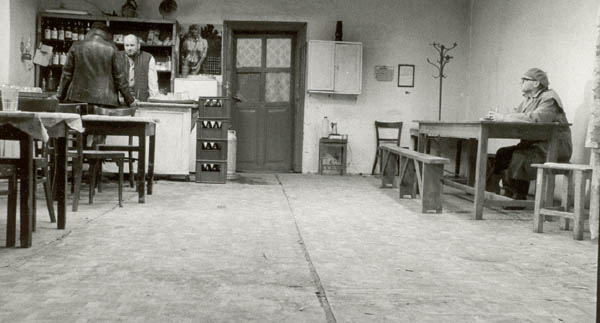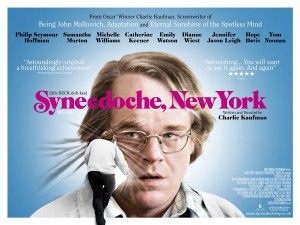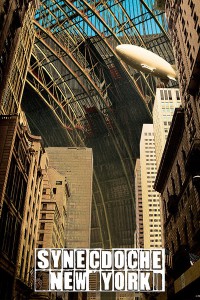I’m a member of PEN, and Nick Burd, their Literary Awards Program Manager, just forwarded to me the following note from Barbara Epler at New Directions:
Dear Jonathan Rosenbaum,
I was reading through PEN’s very interesting “What are we missing?” forum, and saw your SÁTÁNTANGÓ suggestion, and just wanted to say we are waiting on the delivery of its [English] translation by the great George Szirtes, eagerly waiting, and will publish it as soon as we can. (We already have his translations of László [Krasznahorkai]’s THE MELANCHOLY OF RESISTANCE and WAR & WAR.)
I thought you’d be interested — and, by the way, we are always interested in hearing suggestions from readers who seem on our wave-length so if you have more ideas, please let me know.
All the best,
Barbara Epler
New Directions
P.S. (from JR): THE MELANCHOLY OF RESISTANCE is the 1989 novel that served as the basis for Béla Tarr’s 2000 film WERCKMEISTER HARMONIES. And SÁTÁNTANGÓ (the film) has recently been released in a box set by Facets Video. [8/21/08] Afterword, 2012: The English translation of the novel has finally been published.

Read more

I’d read enough about this documentary, made over 11 years by Steven Sebring, to know not to expect a concert film. What I was less prepared for was the paradoxical view of my favorite punk star that emerges, making her seem like the ultimate postmodernist heroine — the edgy outlaw that, to all appearances, has never been in even modest rebellion against any part of her family, and modulates from angry iconoclast to contented Detroit housewife and back again with scarcely a bump. (At one point she avows that her principal claim to being a taboo-breaker as a child-rearing launderer is that she doesn’t use bleach.) It seems fairly evident that she’s very much in control of her own image here, and that image manages to encompass a sense of a rock star’s glamor while suggesting that she’s never shampooed her hair even once in her life.
Maybe the source of my confusion is her unusual capacity to shift back and forth repeatedly between ultra-theatricality and mundanity, which made the only concert of hers I’ve ever attended, in London in the mid-70s, a little off-putting. One moment she’d be leading the audience like a Dionysian Joan of Arc; the next moment, she’d be sitting on the floor cross-legged, apparently oblivious to the same audience, while playing idly with her guitar as if it were a kitten rather than a musical instrument. Read more
From the Chicago Reader (October 16, 2008). — J.R.

Screenwriter Charlie Kaufman (Being John Malkovich, Eternal Sunshine of the Spotless Mind) makes his directorial debut with this feature, but it seems more like an illustration of his script than a full-fledged movie, proving how much he needs a Spike Jonze or a Michel Gondry to realize his surrealistic conceits. Tortured and torturous, it centers on a theater director from Schenectady (Philip Seymour Hoffman) who wins a MacArthur Fellowship but whose wife (Catherine Keener) leaves him; in response he tries to create a play that will represent his entire life experience, building a replica of New York City inside a warehouse. The usually resourceful Hoffman can’t sustain interest even after developing a receding hairline to make him resemble Jack Nicholson, and the other able players — Samantha Morton, Michelle Williams, Emily Watson, Dianne Wiest, Tom Noonan, Hope Davis, and Jennifer Jason Leigh — mainly tread water. R, 124 min. (JR)
 Read more
Read more




